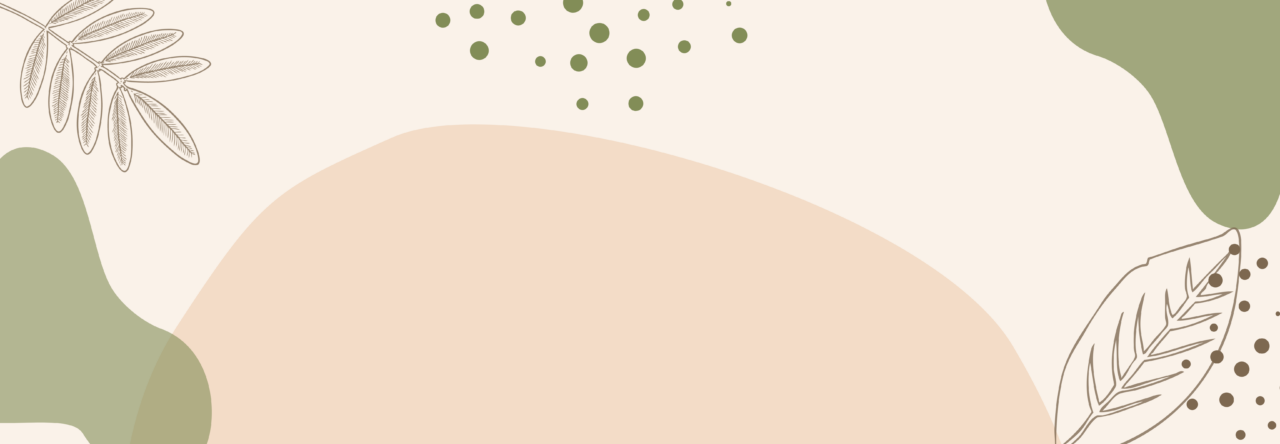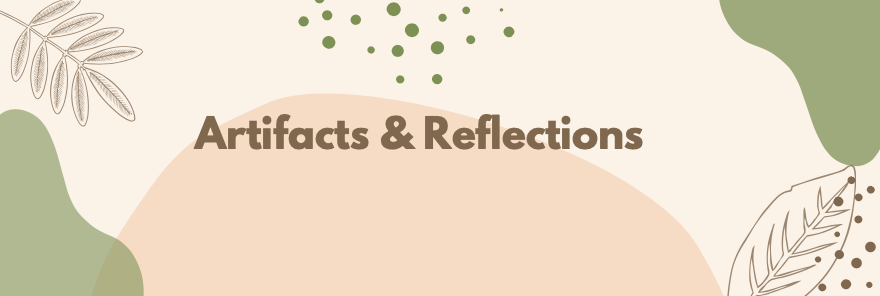
On this page you will find artifacts and reflections of my learning throughout my time in the B.Ed Program at UNBC. In this section, I’ve included items that contributed to my growth in identity, culture and education. I’ve included photos of artifacts that support this growth, enjoy! 🙂
My Learning Map
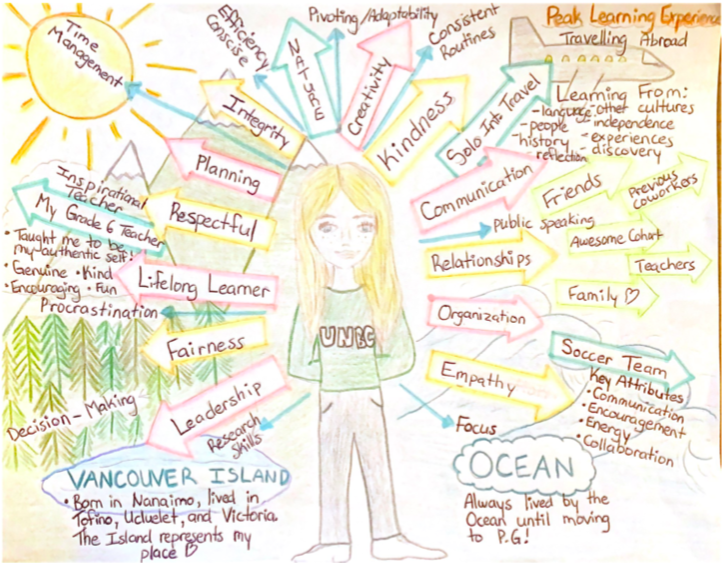
In our Educ 391/421 blended class, we were asked to consider our personal values, strengths, stretches, and what place means to us. I enjoyed reflecting on what these aspects mean to me. Place for me is represented by my home on Vancouver Island. Being born and raised on the island has created a deep sense of connection to the ocean and the mountains throughout my life, and I’m grateful for this connection. I’ve also included my values, strengths, stretches, and some experiences I am grateful for!
Identity Enactment
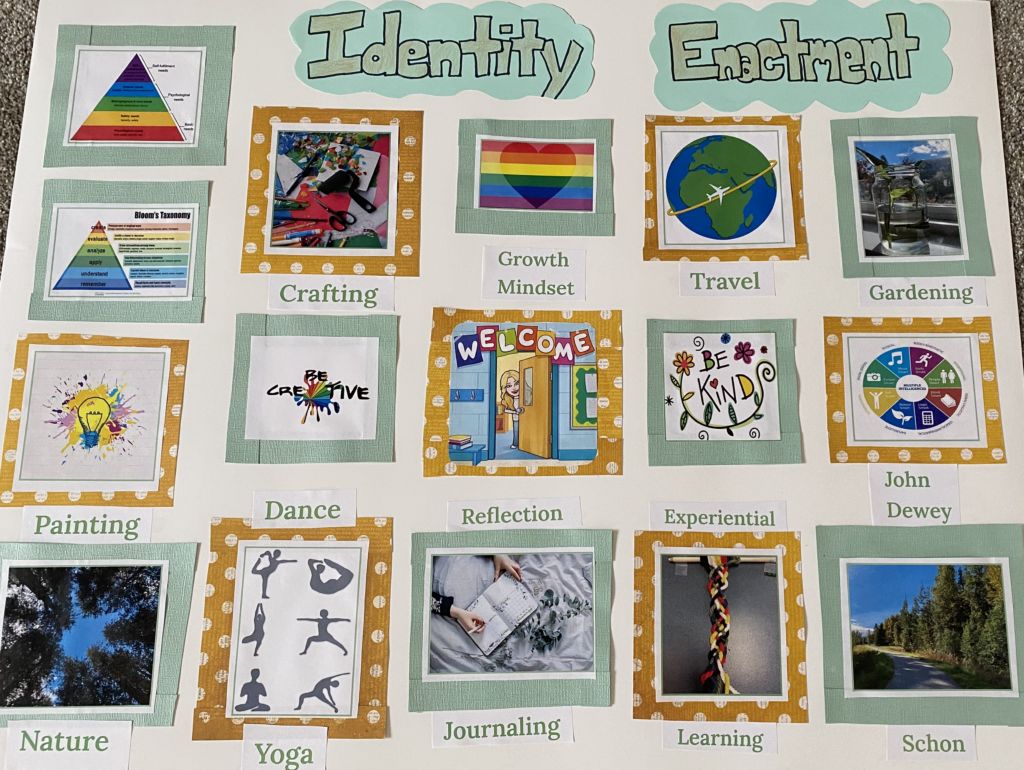
In our Educ 400 Fine Arts class, we were asked to communicate and share what is valuable about who we are as an educator and what we have to offer the profession in connection with Fine Arts Education. I created the above collage to portray images of what is valuable to me, some examples are experiential learning, reflective practices, and growth mindset.
Grade 2 Math Lesson
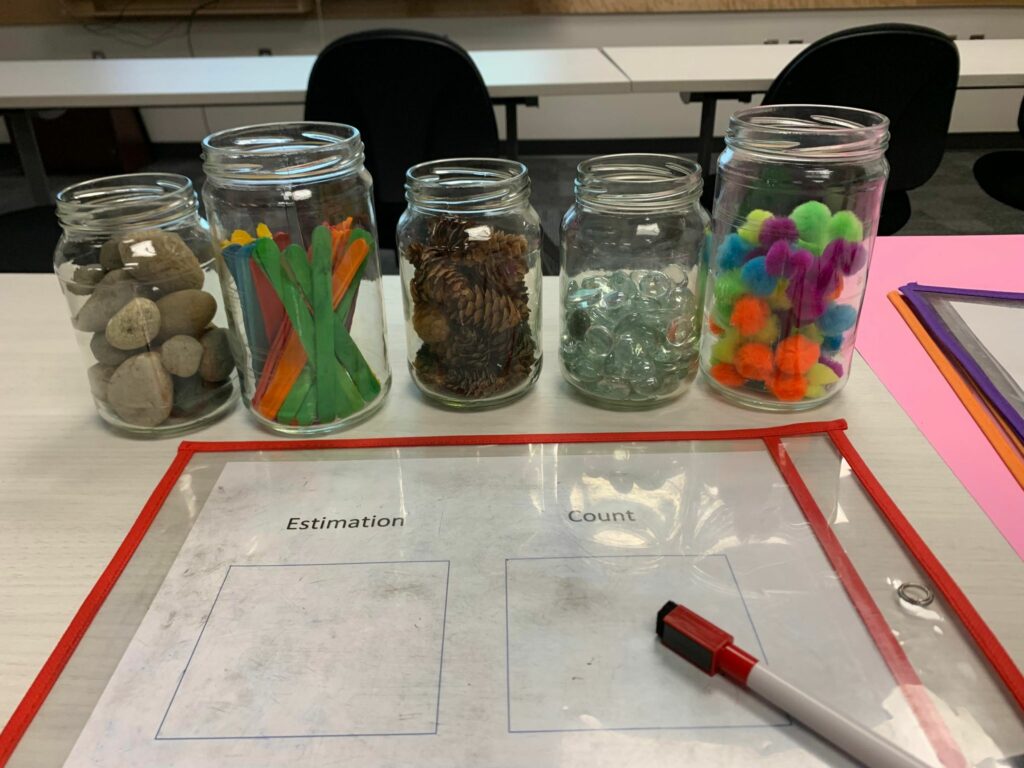
In Educ 394, our group created a design map lesson plan for a Grade 2 Math class, focused on the big idea of numbers and quantities. The curricular competencies that this lesson will focus on are estimating reasonably and estimating by comparing to something familiar. Students were engaged in a hands-on activity of estimating the random objects in the jar at a variety of stations, and then counting to see if their estimations were accurate. Students were then prompted to rotate stations to incorporate movement breaks and engagement. We also integrated First Peoples principles of learning through incorporating collecting of land-based objects prior to the math lesson. Students had fun guessing which jar was 100!
Educ. 346 Presentation

In Educ 346, my partner and I presented on Chapter 9 “The Personal Quest: An Aboriginal Curriculum for Online Mentoring” of Learning, Knowing and Sharing by Jo-ann Archibald, Q’um Q’um Xiiem & Jan Hare. This chapter explained a mentorship program created by UBC to connect Indigenous you (11-18) with mentors who attend post-secondary programs. The program was created to encourage higher graduation rates among Indigenous students by creating a greater level of accessibility and confidence surrounding post-secondary programs for the Indigenous mentees. Through the presentation we engaged the class in a “think, pair, share” activity, discussion questions and empowering Ted Talk videos.
Emotion Wheel Board
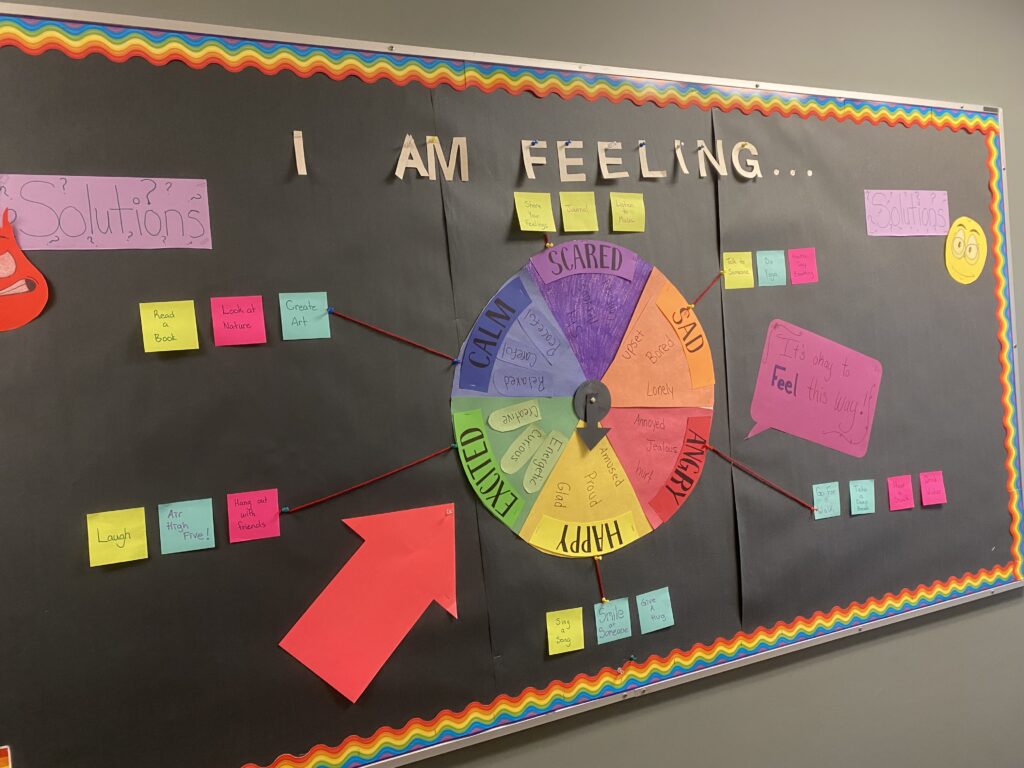
In Educ. 394, our group created a bulletin board showcasing the Emotion Wheel for students to check in with how they are feeling. Students can use this as a resource to choice from a variety of activities to support the emotion they identify with. There is a diverse selection of activities to provide solutions if students may be feeling angry, sad, scared, etc. The goal of the bulletin board is to promote self regulation and cognitive emotional awareness.
Plant Life Cycle Medicine Wheel
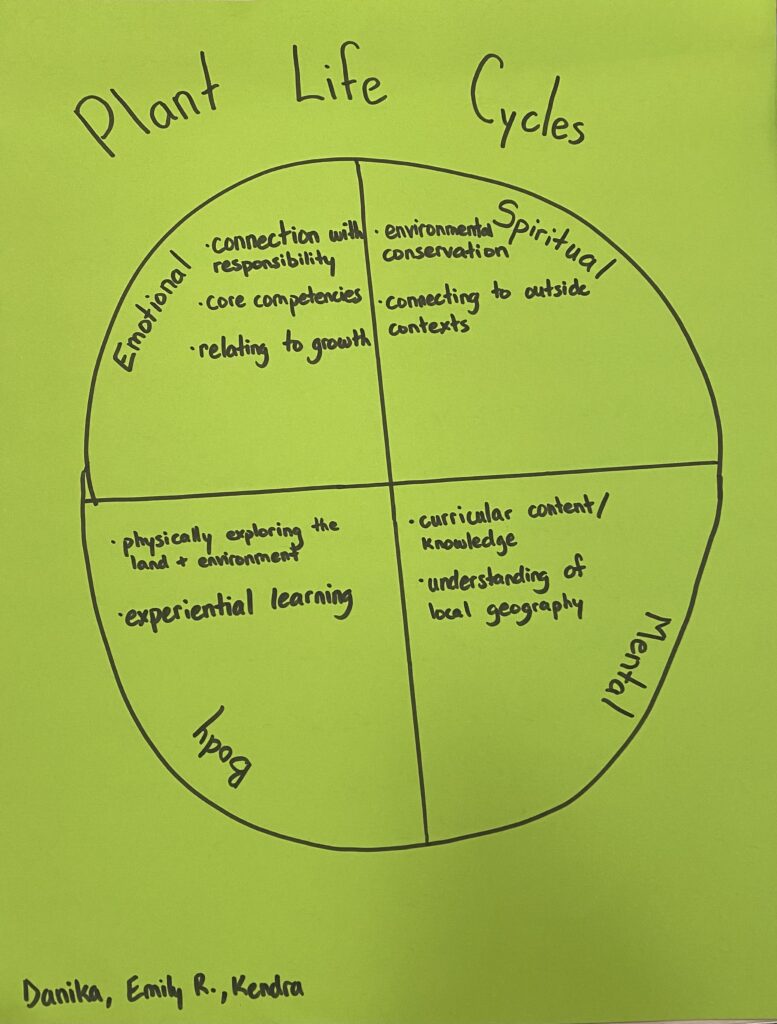
In Educ 346 Indigenous Education, my group and I created a lesson plan for a Grade 2 Science focused on the plant life cycle. We incorporated the plant life cycle into a medicine wheel formation to ensure that this lesson would integrate the students mental, physical, emotional, and spiritual needs. This formation of integrating a lesson plan into the medicine wheel can be applied to cross-curricular content and is a useful tool to ensure that the lesson plan includes a holistic approach.
Grade 6 Science Lesson Plan

In Educ 336, my group and I created an inclusive design map lesson plan based on a Grade 6 Science class. This lesson plan focused on the big idea of Solar Systems from the BC Curriculum, with the essential question on “what is an aurora borealis in the context of western and First Peoples perspectives?”. Our lesson encompassed both the Indigenous history and knowledge of the northern lights, as well as the western science perspective. This lesson plan integrated inclusivity through visual and audio explanation, hands-on art project, as well as individual work time, sharing and communication, and group work activities. Students engaged in a sequencing activity to integrate the science logic, and a written reflection to integrate First Peoples perspectives. Students were engaged in the art project of creating their own northern lights, the results were fantastic!


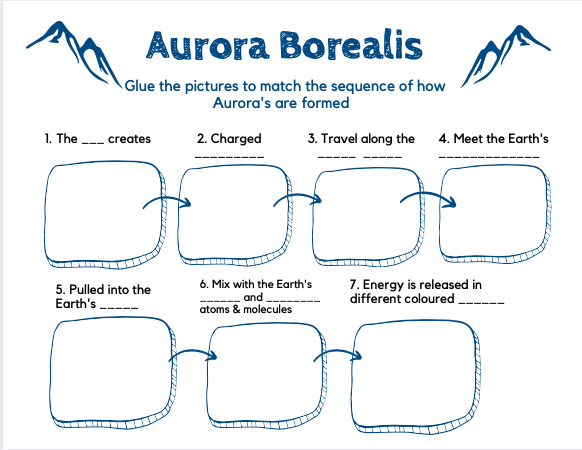
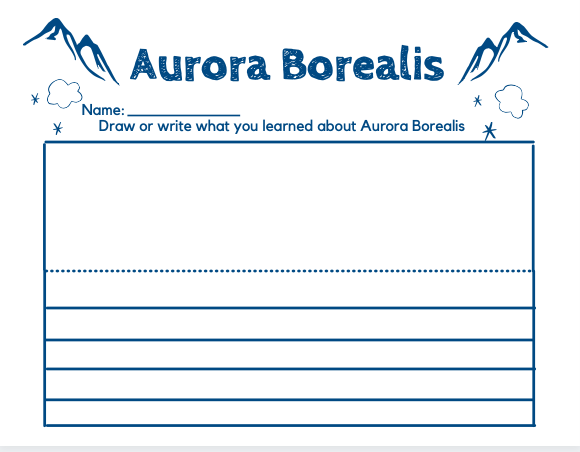
Visioning Group Project
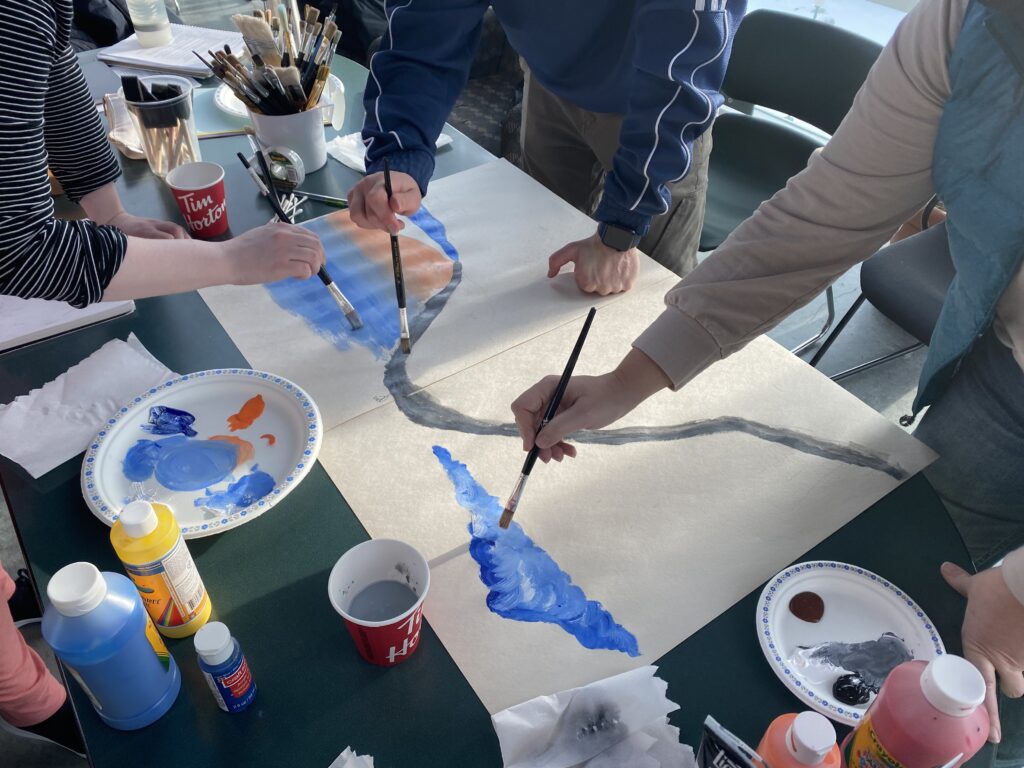
In Educ 393, our reading group is working towards our final visioning project and reflexive writing. Our group incorporated a creative component to demonstrate our learning about the education system at different scales and the educational philosophies. This painting symbolizes our learning journey through Block 1, encompassing our knowledge of curriculum, pedagogy and the professional standards. We combined our various cross-curricular talents to establish a creative visual piece in combination with a written reflexive component to share our findings.
Classroom designing
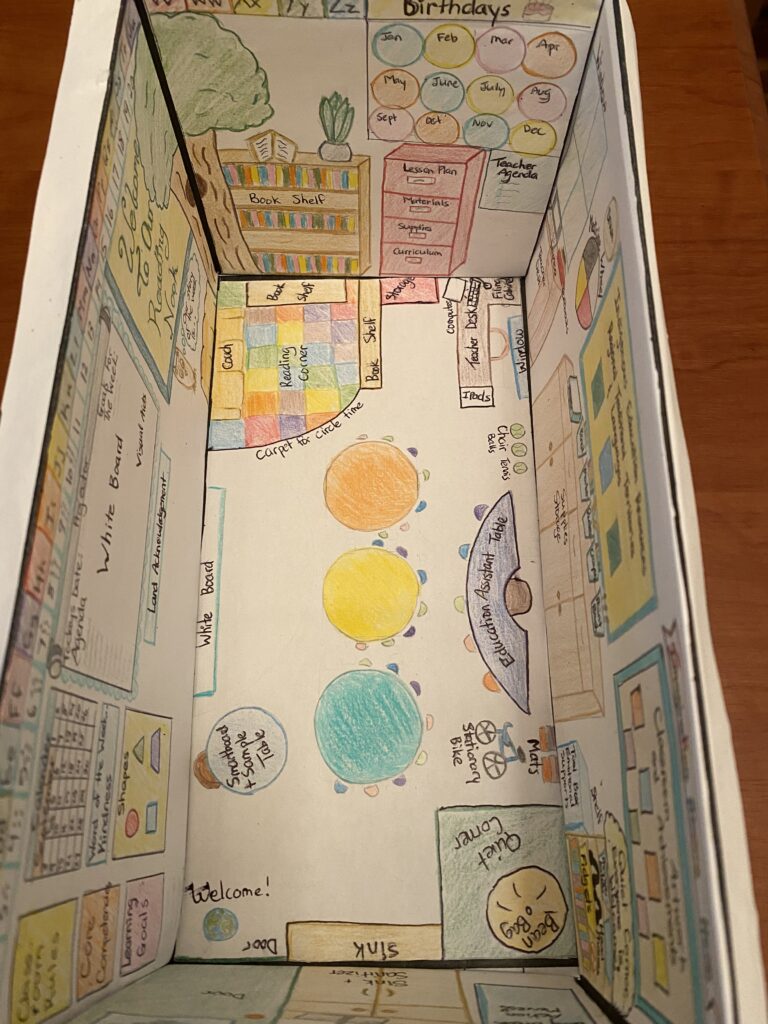
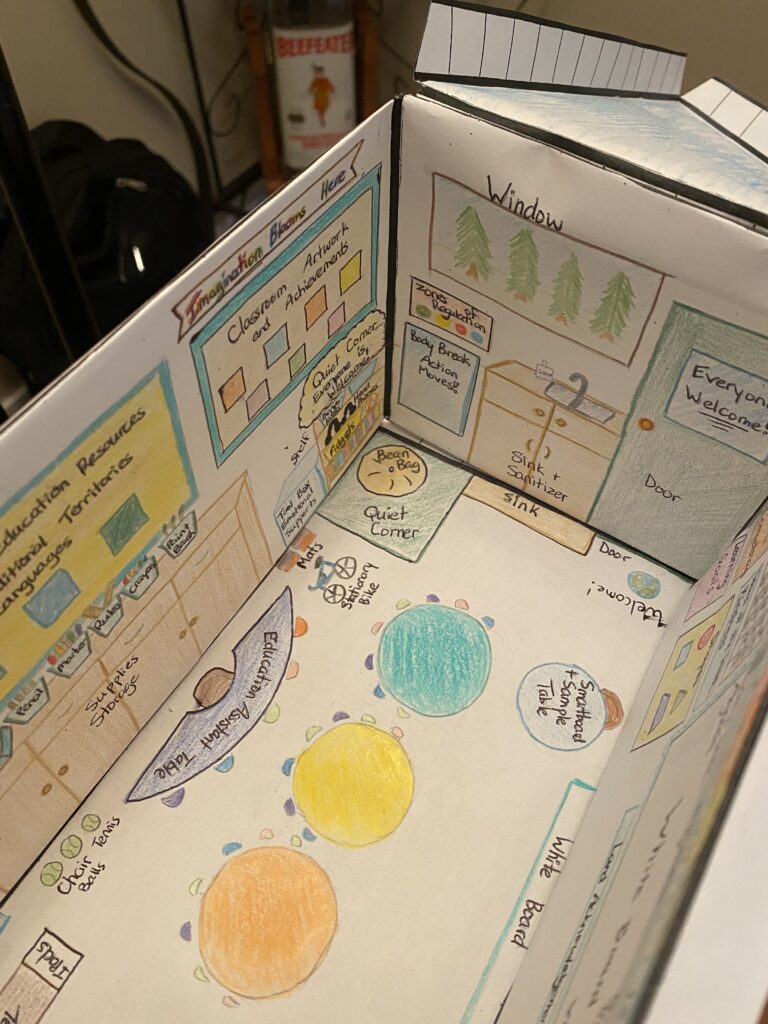
At the beginning of Block 1 semester, our Educ 336 class had the opportunity to design our own 3D model of what our inclusive classroom would look like. I envisioned a colourful primary classroom, with inclusive modifications and adaptions made to support all students. What a fun project!
